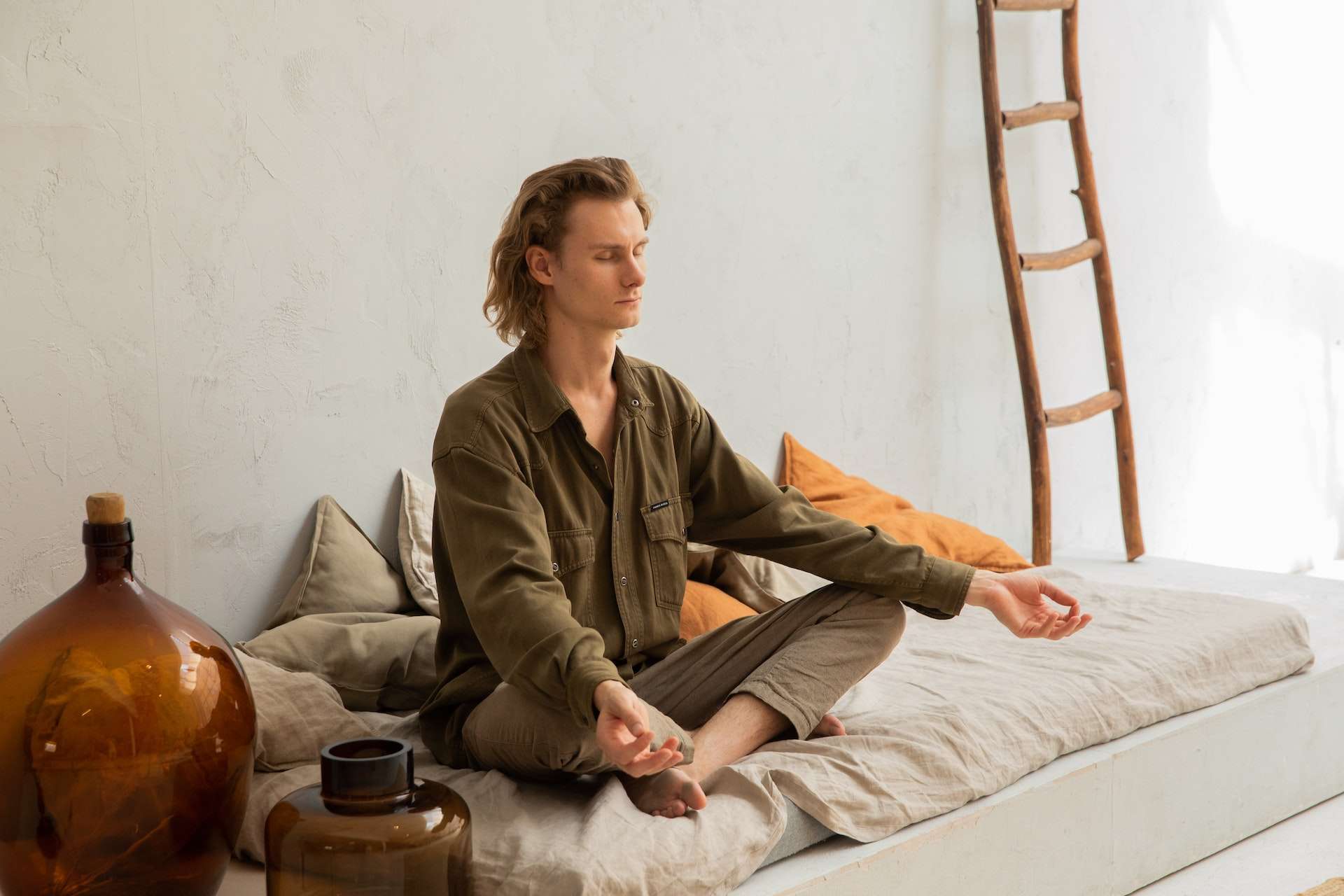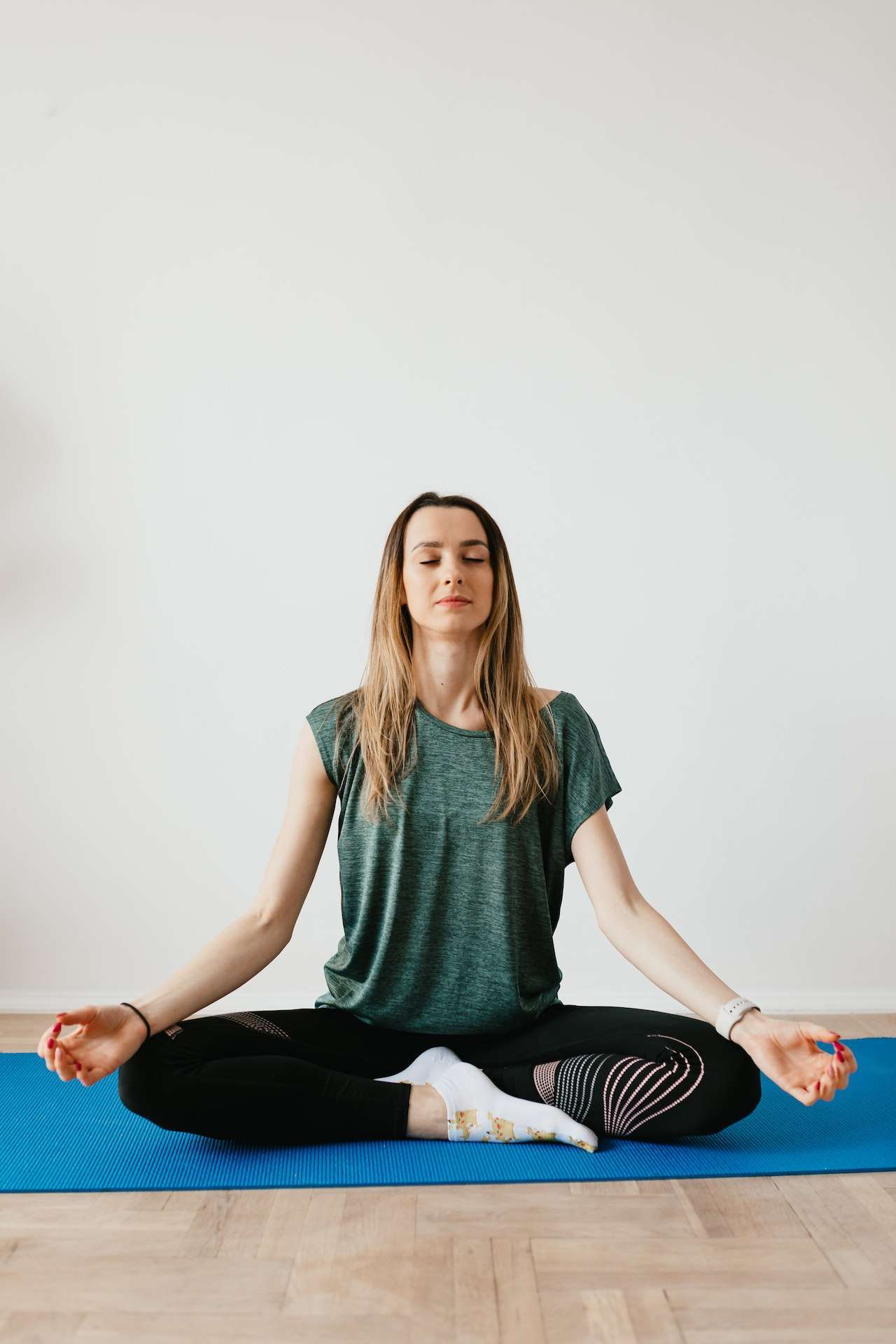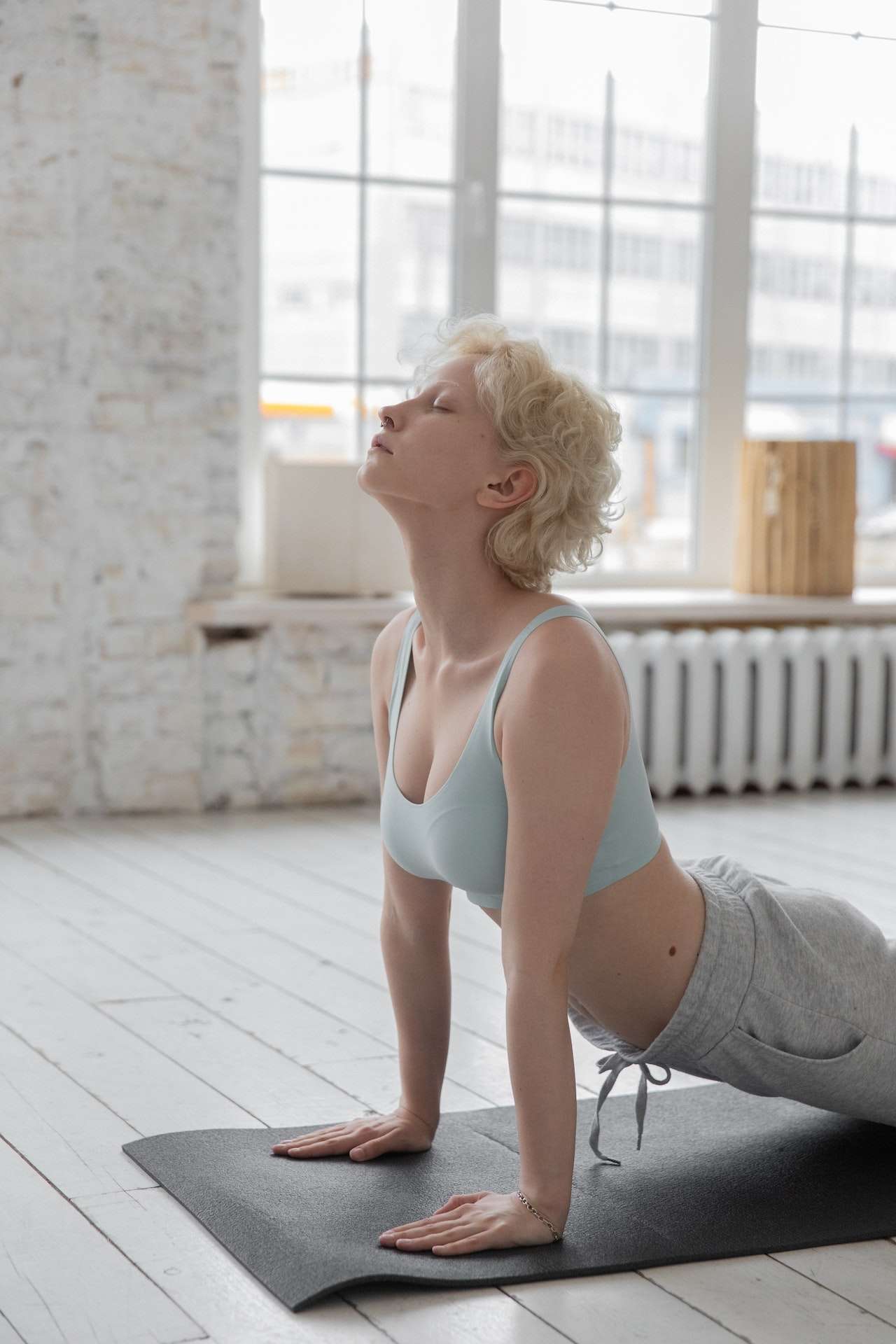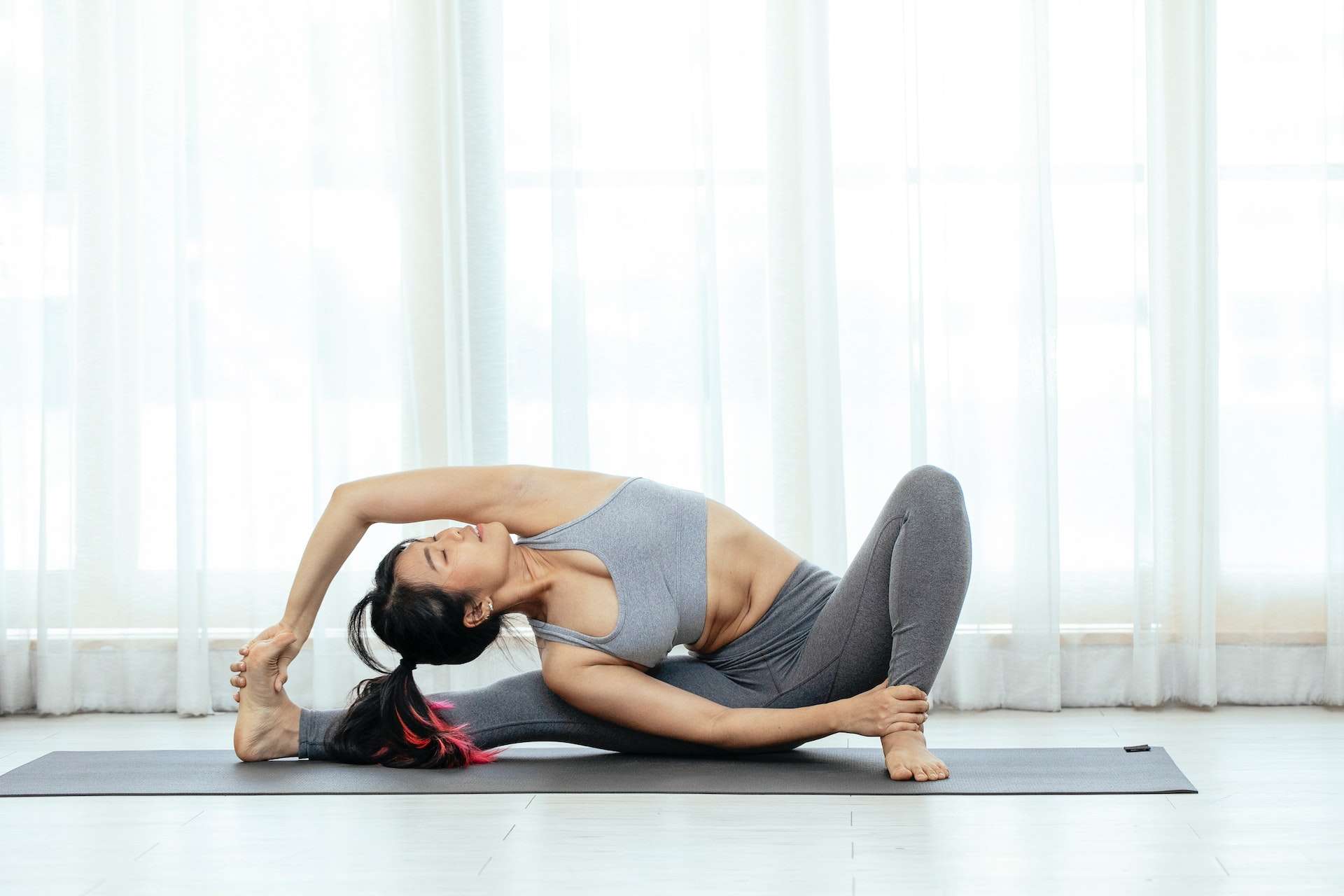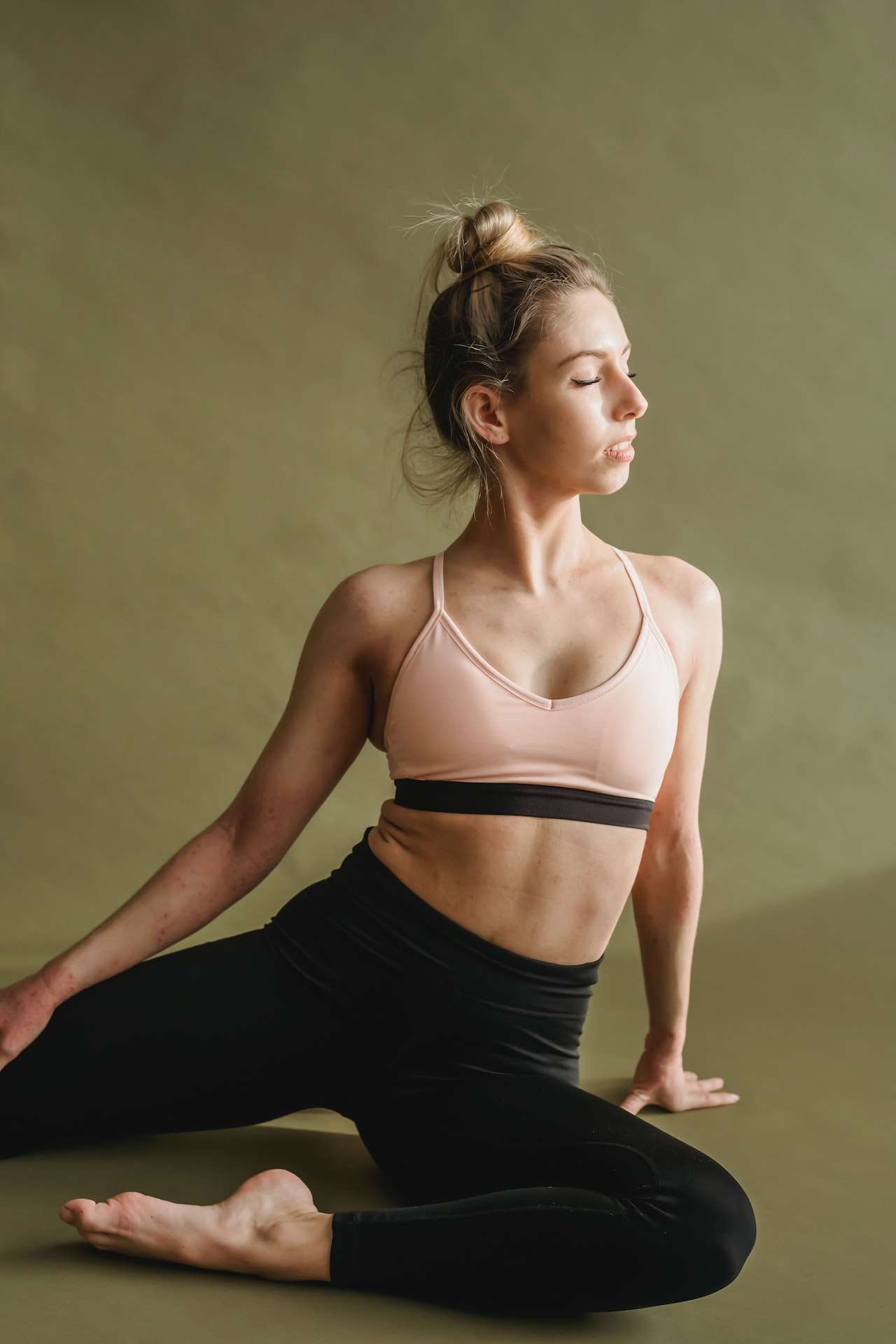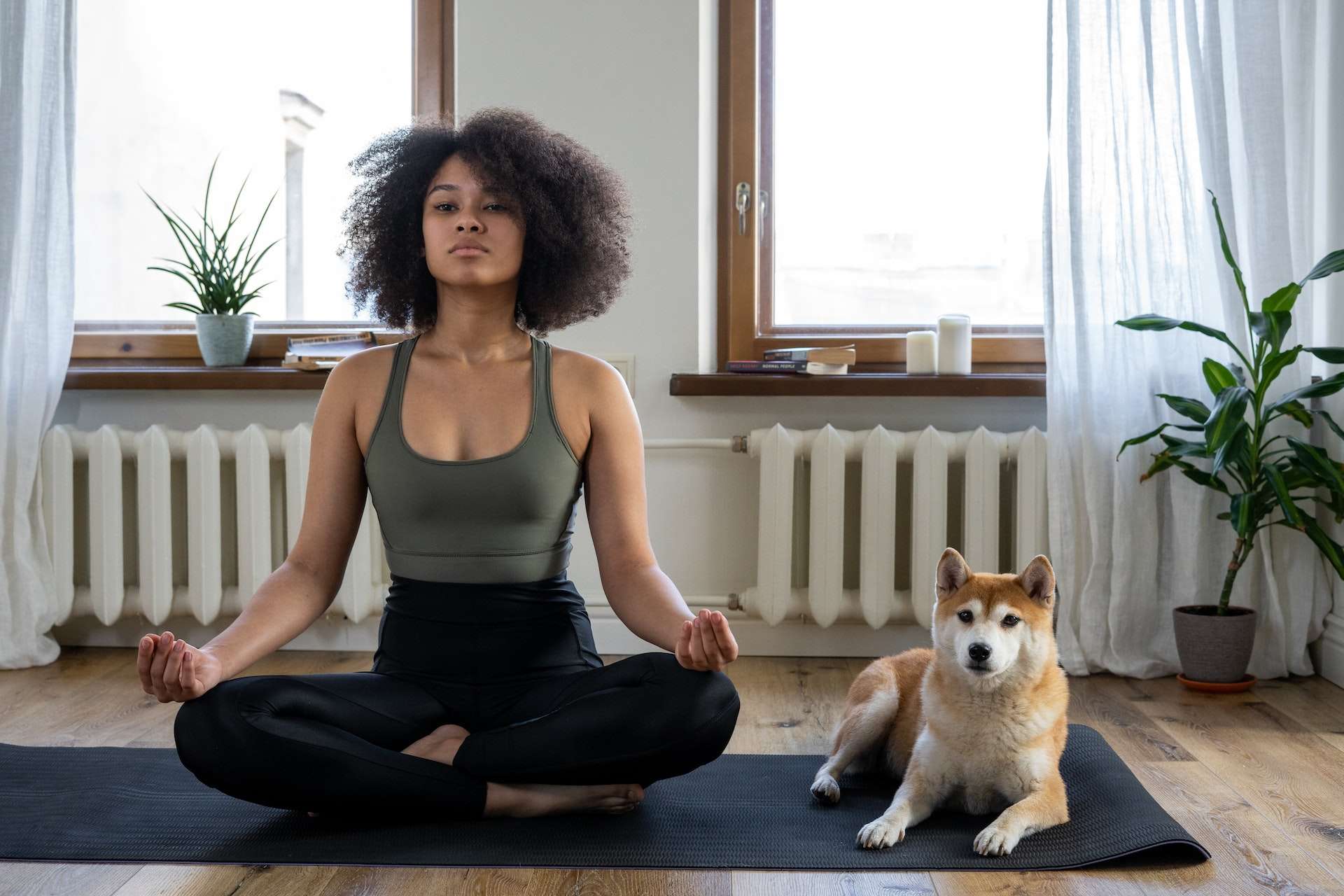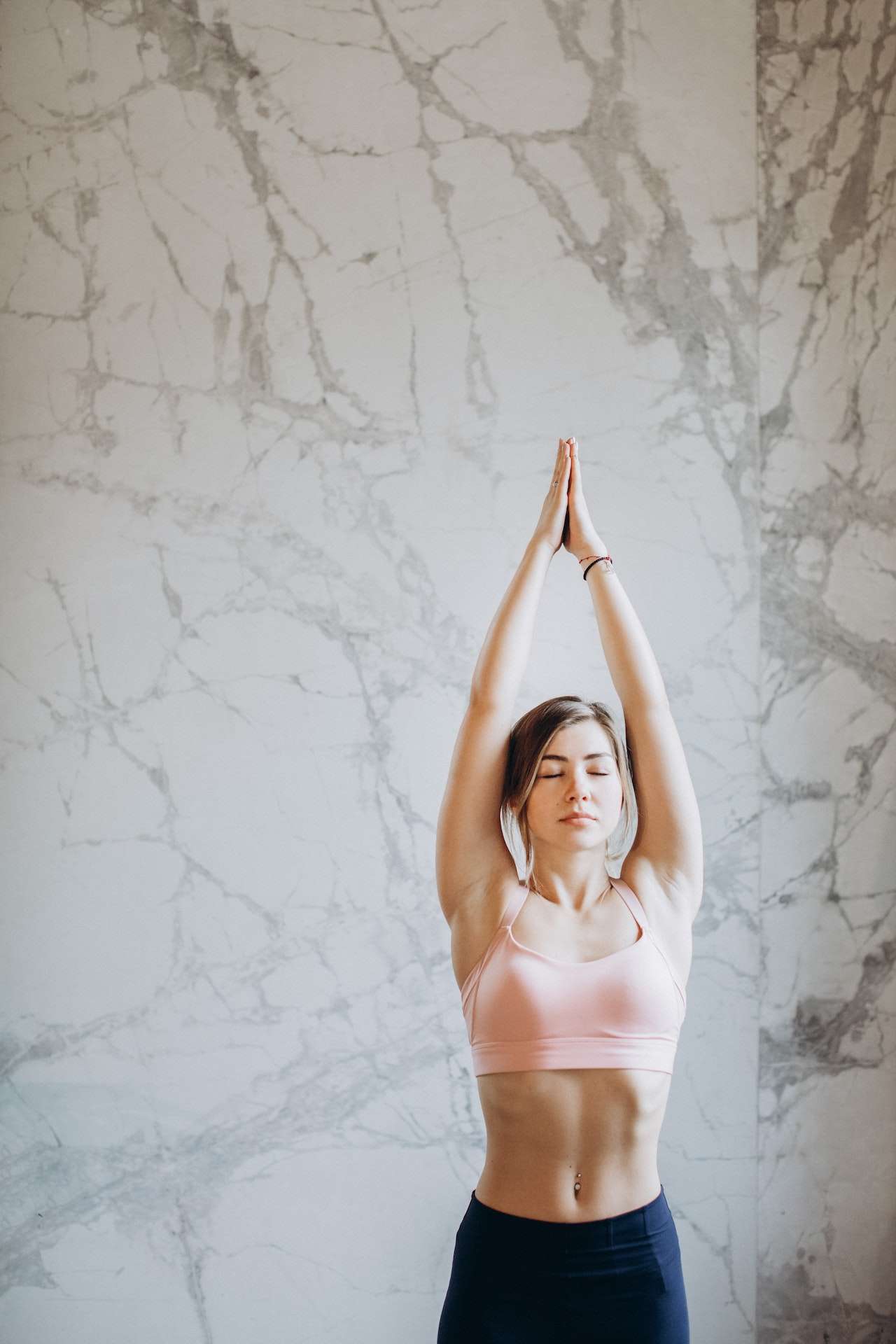|
Going to the gym and getting your sweat on is one way to stay healthy and active, but there’s Breathe Yoga for those looking for a more low-key approach to fitness. This form of Yoga is a breath-focused practice that sets it apart from other forms of Yoga, allowing practitioners to reap the benefits of exercise and relaxation in one fell swoop. It’s no wonder this type of Yoga has been gaining in popularity lately – it hits the nail on the head when it comes to helping people achieve their health and wellness goals. In this article, we’ll delve into what Breathe Yoga is all about and explain how it differs from other forms of Yoga. So without further ado, let’s get started – you don’t want to miss out on this opportunity to add another tool to your proverbial toolkit.
Table of Contents
show
Origins And History Of Breathe YogaThe origins and history of breathe yoga are rooted in the Eastern tradition of Yoga. The Breathe Yoga studio, founded by Andy and Jill, opened in Dunfermline in 2013 and has grown to include a range of classes, retreats, and workshops. The Breathe Yoga symbol combines two lotus flowers and a crescent moon, representing the balance of Yin and Yang energies.
This symbol encompasses the core philosophy behind Breathe Yoga – that physical practice should be balanced with breath awareness. The benefits of breathing-based Yoga are numerous, from increased energy levels to improved concentration, posture alignment, and stress relief. Through its focus on breathing techniques (pranayama) and postures (asanas), Breathe Yoga can provide practitioners with a holistic approach to well-being that includes physical, mental, and spiritual elements. By combining mindful movement with conscious breath work, students can explore how breath can support them in dynamic sequences and longer-held postures – offering even more potential for personal growth during their practice. Breathe Yoga Philosophy And PracticeCombining elements of different types of Yoga and adding an infusion of modern sensibilities, Breathe Yoga has become a widespread practice among yogis worldwide. Have you heard about Breathe Yoga? It’s the hottest new form of Yoga on the block, changing how we look at traditional Yoga. Breathe Yoga is all about balance – physical, mental, and spiritual. It’s designed to provide a holistic approach to health and wellness while offering challenging poses to challenge your body and mind. Each practice builds off the last, allowing you to push yourself further while still getting an intense workout. As well as offering challenging physical poses, Breathe Yoga encourages self-reflection and meditation. This allows you to focus on your inner well-being and physical state. No matter where you practice it or what kind of atmosphere you’re looking for — from intense poses to deep relaxation — there’s something for everyone at Breathe Yoga. Ready for this unique experience? Let’s take a closer look at some of its key features! Key Features Of Breathe YogaWhen it comes to Yoga, there’s a lot of buzz around Breathe Yoga. It’s an approach to the practice incorporating breathwork, meditation, and postures for an all-encompassing experience. But what are the key features of this type of Yoga? First off, Breathe Yoga is all about connecting your breath with movement. This helps to create a deeper connection with your body and mind. The idea is to use the breath to move into postures that can be held for extended periods.
This allows you to feel into the pose and get more out of each posture than if you were going through the motions. You can also use breathing techniques during meditation or seated in stillness, which helps deepen your practice even further. You may pose like a triangle, which builds core strength and stability. Another key feature of this style is its focus on strength and flexibility. This combination helps create balance in your body while helping you better understand how each part works harmoniously. At the same time, it encourages you to stretch deeply to open up your hips and shoulders while maintaining proper alignment in the pose! No matter where or how you practice Breathe Yoga, it’s clear that there are many benefits to be gained from this type of yoga practice. From increased physical strength and flexibility to mental clarity and emotional well-being, there’s something for everyone when it comes to incorporating this style into their routine. Benefits Of Practicing Breathe YogaAre you looking to experience the ultimate yoga journey? It’s time to get into Breathe Yoga! This type of Yoga offers unique benefits that make it stand out from other forms. From increased flexibility, improved mental clarity, enhanced physical strength, and a greater sense of peace – if you’re looking for a transformative experience, Breathe Yoga is for you! From the finest breath yoga online classes and clothing to the revolutionary breath yoga mat with rabbit flap – there’s something for everyone. Your options are endless, with experienced breathing yoga instructors offering meditation sessions, juice cleanses, and teacher training courses. Not to mention the proven breathing yoga for lung exercises that can help improve your overall well-being. It’s easy to see why so many people are turning towards Breathe Yoga:
By incorporating breathing techniques and postures into your practice, you can become more connected with your body and mind – allowing you to reach depths in your practice that wouldn’t be possible with traditional Yoga. If you’re ready to explore the powerful world of Breathe Yoga, why not start today? With an array of lessons available in Kempton Park or online – there’s never been a better time to take your practice up a notch! Breathe Yoga Techniques And PosturesBreathe Yoga is a unique form that focuses on creating an atmosphere of relaxation and calmness. It is different from other forms of Yoga because it emphasizes the importance of breathwork and sound to create balance. Breathing in and out with awareness is the core focus, as this helps to bring one into the present moment and establish a connection between mind, body, and spirit. Breathe Yoga encourages practitioners to move slowly and use their breath as guidance. Different postures can help open the body, release tension, and increase flexibility while calming the mind.
The postures are simple yet effective in helping one go deep within themselves to restore balance. Breathwork is also incorporated into each posture to achieve more profound healing benefits. For example, when doing a pose like Tree Pose, practitioners are encouraged to take slow breaths through their nose and out through their mouth while maintaining balance in the posture. Breathe Yoga allows practitioners to explore their inner selves without judgment or stress. Its emphasis on breathwork, sound work, meditation, and postures can help people become more aware of their emotions and feelings so they can make positive changes to their lives from now on. How Breathe Yoga Differs From Hatha YogaBreathe Yoga is a unique form of Yoga that combines breathing techniques, postures, and meditation. It is becoming increasingly popular with people looking to deepen their practice, with over 15 million Americans practicing Yoga today. The critical difference between Breathe Yoga and other forms of Yoga, like Hatha Yoga, lies in the emphasis on breath work. In Breathe Yoga, the breath guides your movements and helps you stay connected to your body and its energy. In Breathe Yoga classes, you will find a schedule that includes different breathing exercises, such as Kapalabhati (breath of fire) or Anulom Vilom (alternate nostril breathing). These exercises are designed to help you relax and focus on your breath. You will also use specific postures and sequences to help open your body and release tension. This combination of breath work and physical movement can be compelling for managing stress levels, improving focus, increasing strength and flexibility, reducing pain, and improving overall well-being. Unlike Hatha Yoga which focuses more on the physical aspect of yoga practice, Breathe Yoga emphasizes both the physical postures and the breath work. Connecting your breath with movement can create a more profound sense of presence in each pose, leading to greater clarity and connection with yourself. Additionally, by focusing on mindful breathing throughout the session, you can tap into a deeper level of relaxation, improving mental health benefits such as reduced anxiety levels or improved sleep quality. Comparison With Vinyasa YogaBreathe Yoga differs from vinyasa because it focuses more on developing a deeper awareness of your body through breathing exercises. Unlike other forms of Yoga, which emphasize physical poses and postures, breathing yoga prioritizes the connection between breath and movement. This connection helps open energy channels within the body while allowing practitioners greater control over their breathing patterns. The emphasis on breath awareness further allows students to explore the benefits of kundalini and pranayama (breathwork) techniques during their practice.
These tools allow practitioners to move more deeply into their bodies’ wisdom by connecting with their rhythms and cycles. Different breathing practices used in breathing yoga help regulate one’s moods and relieve stress by bringing oxygen-rich blood flow throughout the body. In addition to its holistic approach toward physical well-being, breathe Yoga also provides students with an opportunity for personal growth and transformation. By cultivating a mindful presence within each class session and learning practical tools for self-care outside of them, practitioners can tap into new levels of self-awareness while developing healthier habits. Differences From Ashtanga YogaWhen it comes to Yoga, one of the most popular forms is Ashtanga yoga. It is often described as a vigorous form of Yoga following specific postures and breathwork sequences. But when it comes to Breathe Yoga, there are some distinct differences from Ashtanga. For starters, Breathe Yoga focuses on creating space in the body through gentle stretches and movements. It doesn’t have a set sequence like Ashtanga but allows each individual to move at their own pace and explore different postures. Additionally, there is more emphasis on the breath work in Breathe Yoga than in other forms of Yoga. Students will be encouraged to focus on their breathing throughout practice, which can help increase concentration and mindfulness. Another critical difference between Breathe Yoga and Ashtanga is how instructors approach teaching classes. In many Ashtanga classes, instructors guide students along a predetermined sequence; however, this isn’t the case with Breathe Yoga classes. Here instructors provide more personalized guidance for each student based on their experience level and individual needs. This helps create an environment where everyone can learn at their own pace and find what works best for them. Distinctiveness From Bikram YogaBreathe Yoga is a unique form that differs from Bikram Yoga in several ways. For one, Breathe Yoga classes don’t occur in a heated room like Bikram. This means you won’t be sweating buckets and striving to keep up with the poses as quickly as possible. Instead, the focus is on mindful breathing and feeling the pose throughout your body. Another distinct difference between Breathe Yoga and Bikram is the length of each class. Breathe Yoga classes usually last about an hour, allowing ample time for breath work and relaxation at the end of each class.
Additionally, many studios offer half-hour classes so those with busy schedules can still get their yoga practice in. Finally, there are many more options than just two-hour-long group classes regarding Breathe Yoga. You can find retreats, workshops, and even private lessons customized to your needs. And if you need access to a studio or instructor near you, there are online resources like Urban Breath Yoga with tutorials on poses and breathing techniques available anytime. So if you’re looking for something beyond a traditional Bikram experience, consider trying out a few Breathe Yoga classes in your local studio or online! With its slower pace and emphasis on breathwork over intensity, it will surely leave you feeling relaxed and refreshed after every session! Differences From Restorative YogaUnlike restorative Yoga, a more passive form that uses props and external support to bring about relaxation, Breathe Yoga in Rochester, Fayetteville, Granville, Howick, and Havelock North is a dynamic form of Yoga. It focuses on building strength through breath-synchronized movement. This style of Yoga emphasizes connecting movement with your breathing and using the power of your breath to help you move deeper into postures. This practice aims to bring more awareness to the breath and how it affects the body. Focusing on deep breathing throughout the class allows you to open up energy pathways that promote healing and better posture alignment. Linking each breath with each movement allows you to balance stillness and active poses. This helps build core strength while calming the mind and increasing your mobility. By incorporating mindfulness of our breath into our practice, we are strengthening the vagus nerve -a critical part of our nervous system responsible for regulating emotions and heart rate variability- helping us create balance from within. In Breathe Yoga classes, every pose begins with a few cycles of long deep breaths allowing us to tap into the power of our breath for a more significant presence in each pose. With this practice, we become aware that every inhale brings fresh energy while every exhale releases tension and stress from our bodies, leading us closer to inner peace. Breathe Yoga Vs. Iyengar YogaIyengar Yoga and breathe Yoga are two forms of Yoga that have some similarities but also many differences. Iyengar Yoga is based on the teachings of BKS Iyengar and was developed in India over 75 years ago. On the other hand, breathing yoga is a relatively new form of Yoga created by teachers worldwide. It focuses on mindful breathing and gentle movements to help you relax and achieve balance. So what’s the difference between these two types of Yoga? While both forms emphasize breath control, Iyengar yoga emphasizes postures and alignment, whereas breathe Yoga is more about creating a space for self-exploration.
Here’s a quick comparison:
In short, if you’re looking for precision in your postures or want to focus on perfecting your alignment, then Iyengar is best for you. However, if you prefer a more relaxed practice with deeper breathing, then give breathe a try! Conclusion:Breathe Yoga is an incredibly unique form of practice that has the potential to offer practitioners a multitude of benefits. From its ability to improve overall physical health to its ability to cultivate increased mental clarity, there is no doubt that breathing yoga can be a valuable addition to one’s regular practice. What makes it stand out from other forms of Yoga is its emphasis on connecting with your breath and using it as a guide through each movement. And with more than 20 million people in the United States practicing Yoga in 2020, according to a survey conducted by the U.S. Centers for Disease Control and Prevention, breathe Yoga is becoming an increasingly popular choice for those looking for new ways to connect with their bodies and minds. I encourage anyone interested in exploring this form of practice to try it – you won’t regret it! |
